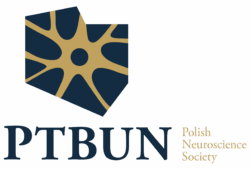References:
1. Ciuba K, et al. Molecular signature of primate astrocytes reveals pathways and regulatory changes contributing to the human brain evolution. bioRxiv, 2023. doi: 10.1016/j.stem.2024.12.011
2. Vian L, et al. The Energetics and Physiological Impact of Cohesin Extrusion. Cell, 2018. doi: 10.1016/j.cell.2018.03.072
References:
1. Wiatr K, et al. Huntington Disease as a Neurodevelopmental Disorder and Early Signs of the Disease in Stem Cells. Mol Neurobiol., 2018. doi: 10.1007/s12035-017-0477-7
2. Świtońska-Kurkowska K, et al. Identification of neurodevelopmental organization of the cell populations of juvenile Huntington’s disease using dorso-ventral HD organoids and HD mouse embryos. bioRxiv, 2024. doi: 10.1101/2024.09.23.614496
